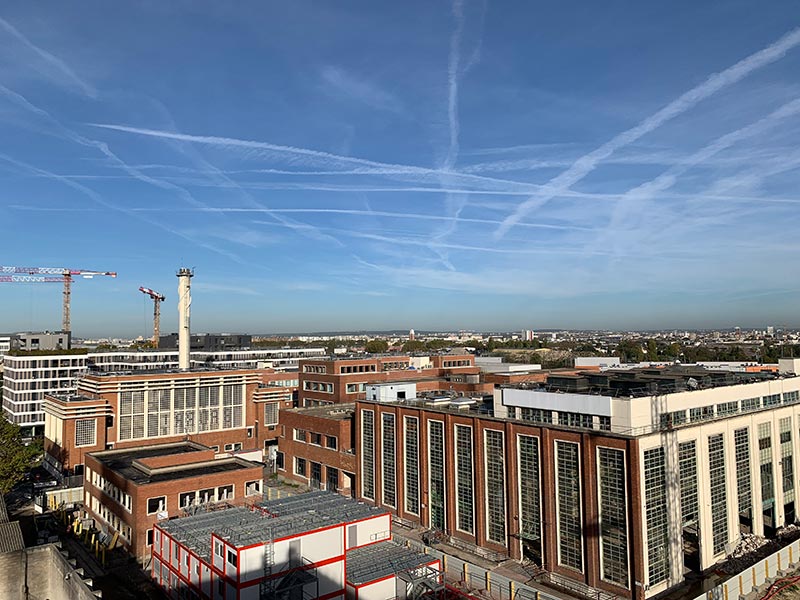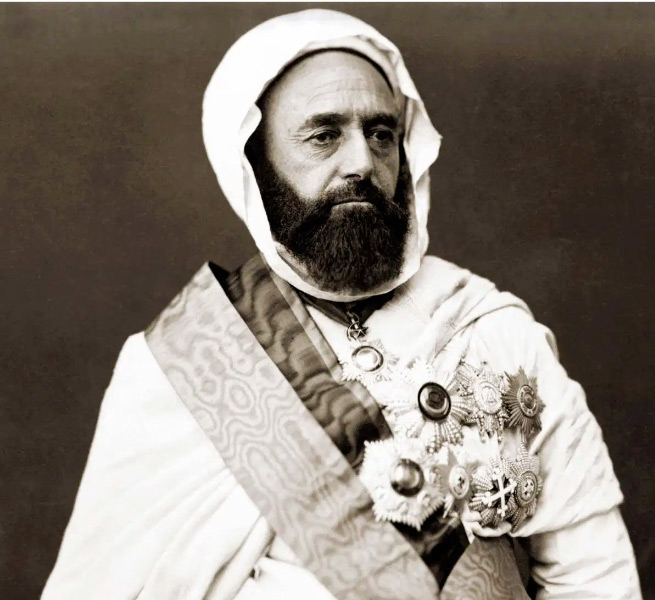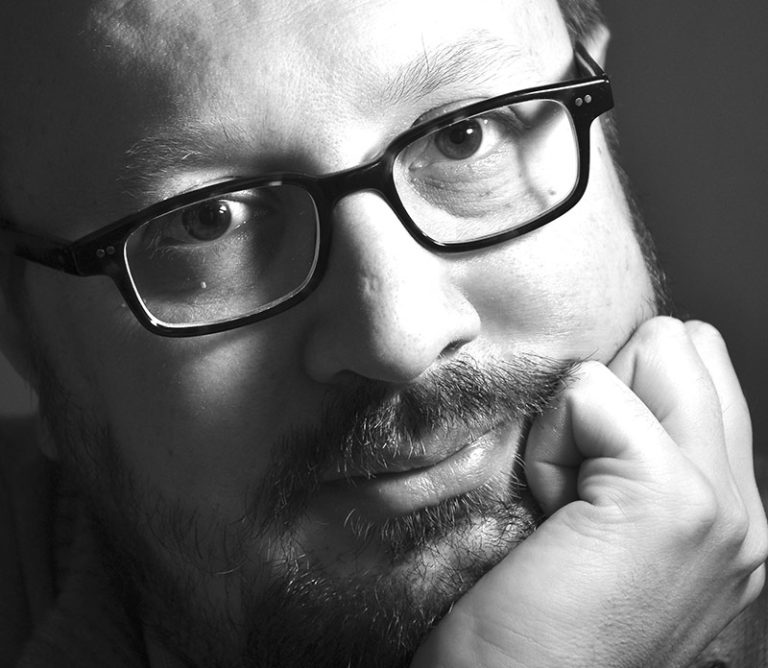Romainville (Seine-Saint-Denis). Nicknamed the Bas-Pays, the district located along the Ourcq canal has long been an area where factories and warehouses followed one another between blocks of workers' houses. Since 2008, the concerted development zone (ZAC) project in the Horloge district has made it possible to rehabilitate certain industrial buildings and build new housing and businesses over 51 hectares. The cultural district, located to the north of the ZAC, is located in the former chemical factories of the Roussel-Uclaf group, beautiful red brick buildings with glass roofs. To the 11,000 square meters already built or rehabilitated, almost 40,000 square meters will be added by the end of 2024. It is the Fiminco Corporate Foundation, installed in the former boiler room of the factory, which manages the cultural development of the district, and its director Katharina Scriba specifies the outlines of the project: “The Fiminco group is carrying out the rehabilitation of 50,000 square meters dedicated to culture in the ZAC, as well as the construction of 60,000 square meters of housing with Cogedim. The Foundation manages the cultural aspect: support for creation, residency program and artistic programming, with an operating budget of 2 million per year. » Since the end of 2019, in addition to artist residencies, the district has hosted seven French galleries, the reserves of the FRAC Île-de-France (which can be visited), production workshops (engraving, ceramics), the book workshop of artists Laurel Parker Book, a branch of the Parsons School of Design and Blanca Li's dance company. The cultural district will take its final form at the end of 2024, with a 600-seat auditorium, residence spaces, a new storage building ( built by Wilmotte), and a few shops: it will then be the main cultural center of Greater Paris.
A project of international scope
Why have you established a cultural district in Romainville and delegated its management to a private actor? The director of cultural affairs for the Est Ensemble intercommunality, Fabrice Chambon, specifies that the Bas-Pays was a sort of “white zone”, without public cultural facilities. He adds that this project is part of “a cultural dynamic of eastern Paris” engaged for several years, which Katharina Scriba confirms by citing the General Stores in Pantin. Fabrice Chambon is pleased that private actors, such as the Fiminco Foundation, are offering a cultural offering that could “create bridges with music and dance conservatories, with theaters and with local artists”. The Foundation constitutes in fact the heart of cultural activities, since it offers three collective exhibitions per year and especially its residency program: Katharina Scriba emphasizes that this program is enriched with new partners, such as “French Institutes, private foundations, and even cities in Germany”. International influence is one of the challenges: the artists currently hosted come from Georgia, Gabon and Vietnam. Locally, the foundation offers artistic and cultural education programs as well as a traveling “micro-madness” thanks to agreements signed with communities. For the programming of the new auditorium, Katharina Scriba mentions partnerships with the Théâtre du Châtelet, or the Autumn Festival: it is therefore a question of creating “a platform for contemporary creation, including the performing arts”.
In terms of attendance, Katharina Scriba specifies that there is not yet a systematic count of the number of visitors to the Foundation. She reports counts during significant events such as “Gallery Weekend” (end of May):“During these types of events, we counted 4,500 visitors over a weekend. » The neighborhood's galleries confirm a regular increase in attendance. Antoine Laurent, director of the In Situ-Fabienne Leclerc gallery, specifies that “Attendance has increased especially since 2022, and it is not necessarily an audience of collectors. There are more and more new residents in the neighborhood”. And he adds that thanks to the partnerships established by the Fiminco Foundation, many schools make visits: “We have one or two classes per week. » The gallery also receives “groups of art school students with their teachers”, specifies Antoine Laurent. Gallerists note a great diversity of audiences, as Vincent Sator (Sator gallery) points out: “I sometimes receive visitors who don't know what a gallery is, and I have to explain to them. » The free nature of most exhibitions at the Fiminco Foundation and the FRAC makes it possible to attract audiences unaccustomed to cultural venues. The district is also better identified by professionals in the art world, according to Vincent Sator: “ At fairs in France and Europe, the area is known, and we regularly welcome foreign exhibition curators. » Foreign collectors are on the move “without preconceptions about the neighborhood”, according to Antoine Laurent, who adds that the geopolitical context influences the movements of Chinese and Americans. Despite this context, gallery owners confirm an increase in their activity with more sales and more motivated customers, to the point that several galleries have abandoned their premises in Paris to rent larger ones in Romainville. Two foreign galleries are also expected to move into the new premises at the end of 2024.
“Bringing cultural diversity to life”
There remains the question of the inclusion of local populations. Fabrice Chambon recalls that the ambition of the ZAC project is to “bringing cultural diversity to life” with very diverse populations, some of whom have no cultural activity. The Fiminco Foundation's actions towards these audiences are starting to bear fruit in the galleries and exhibitions, but interactions between residents and artists remain rare: certain artists exhibited at the Foundation in “The Logic of Places” question precisely these interactions (Pooya Abbasian, Quýnh Lâm). Curator Élodie Royer recognizes that the artists in residence have little contact with the inhabitants of Romainville in general, and hopes that the mediation actions will “create synergies thanks to local associations”. Fabrice Chambon recalls that it takes time to integrate the inhabitants, but he confirms that the “social transformation” through culture is a priority of the intercommunity.







